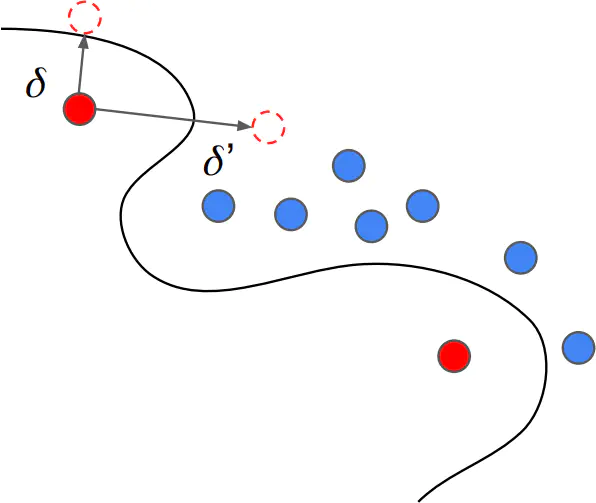
Abstract
Cyber attacks are increasing in volume, frequency, and complexity. In response, the security community is looking toward fully automating cyber defense systems using machine learning. However, so far the resultant effects on the coevolutionary dynamics of attackers and defenders have not been examined. In this whitepaper, we hypothesise that increased automation on both sides will accelerate the coevolutionary cycle, thus begging the question of whether there are any resultant fixed points, and how they are characterised. Working within the threat model of Locked Shields, Europe’s largest cyberdefense exercise, we study blackbox adversarial attacks on network classifiers. Given already existing attack capabilities, we question the utility of optimal evasion attack frameworks based on minimal evasion distances. Instead, we suggest a novel reinforcement learning setting that can be used to efficiently generate arbitrary adversarial perturbations. We then argue that attacker-defender fixed points are themselves general-sum games with complex phase transitions, and introduce a temporally extended multi-agent reinforcement learning framework in which the resultant dynamics can be studied. We hypothesise that one plausible fixed point of AI-NIDS may be a scenario where the defense strategy relies heavily on whitelisted feature flow subspaces. Finally, we demonstrate that a continual learning approach is required to study attacker-defender dynamics in temporally extended general-sum games.